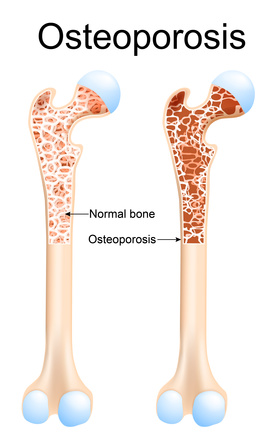
Fertility, Menopause, and the Vaginal Microbiome: A Life Course View of Bacterial Vaginosis
July 21, 2025
Finding Space with Dee Kelly
August 29, 2025Is It Really Low Oestrogen – or Low Adrenal Function?

As women approach midlife, many begin to experience symptoms commonly associated with perimenopause—hot flushes, anxiety, fatigue, low libido, poor sleep, and mood swings. It’s often assumed these are caused by falling oestrogen levels. But for some women, the picture is more nuanced. The issue may not be frank oestrogen deficiency at all, but rather low adrenal function—and understanding the difference is key to effective, personalised support.
It’s Not Always About Oestrogen Alone
During perimenopause, both oestrogen and progesterone begin to fluctuate, but not always in a linear or predictable way. A low oestrogen-to-progesterone ratio—even when absolute oestrogen levels are still within range—can produce symptoms that mimic true oestrogen deficiency. This is why women can experience classic menopausal symptoms even when blood tests show “normal” hormone levels.
But what’s less often discussed is the adrenal contribution to this hormone imbalance.
Low Adrenal Output: The Hidden Link
The adrenal glands, responsible for producing stress hormones like cortisol and DHEA, also play a role in the production of sex hormone precursors—especially as ovarian output begins to decline. When adrenal function is compromised due to chronic stress, poor sleep, or nutrient depletion, testosterone metabolites and oestrogen precursors can drop significantly. The result? Low downstream oestrogen, not because the ovaries have fully retired, but because the adrenal backup system is faltering.
This is where functional testing, such as the DUTCH test (Dried Urine Test for Comprehensive Hormones), becomes invaluable. It allows us to assess not just hormone levels, but adrenal output, cortisol patterns, and hormone metabolism—all of which are essential to decoding what’s really driving symptoms.

Rethinking the supports
In such cases, the standard response—prescribing the oral contraceptive pill or recommending phytoestrogens—may miss the mark. These interventions can mask symptoms but fail to address the underlying adrenal insufficiency.
Instead, focusing on adrenal support can be far more effective. Botanical adaptogens such as liquorice root (for cortisol stability), ashwagandha (for stress resilience), and red ginseng (for energy and hormone support) can nourish the adrenals, helping to restore balance to the entire hormonal system. Lifestyle strategies like blood sugar regulation, restorative sleep, and stress reduction are also foundational.
The Power of a Morning Routine
A consistent, calming morning routine can be particularly important during perimenopause. This is the time when cortisol should naturally peak, setting the tone for the day. However, in those with flattened cortisol curves or adrenal dysregulation, mornings can feel overwhelming, anxious, or foggy.
Supportive practices like early daylight exposure, gentle movement, breathwork, and a nutrient-dense breakfast with adequate protein can help re-establish a healthy cortisol rhythm. These small habits, repeated daily, reinforce the body’s natural cycles and provide a stable foundation for hormonal health.
In short
Perimenopause is complex, and the symptoms many women face aren’t always caused by a simple drop in oestrogen. In many cases, low adrenal function plays a central role—and addressing this root cause can transform a woman’s experience of midlife. Functional testing like the DUTCH test offers crucial insight and personalised support.
Note – please talk to us before taking any botanical adaptogens mentioned in this article. They can be very helpful for some people but should only be recommended by experienced practitioners who can consider any contraindications.


